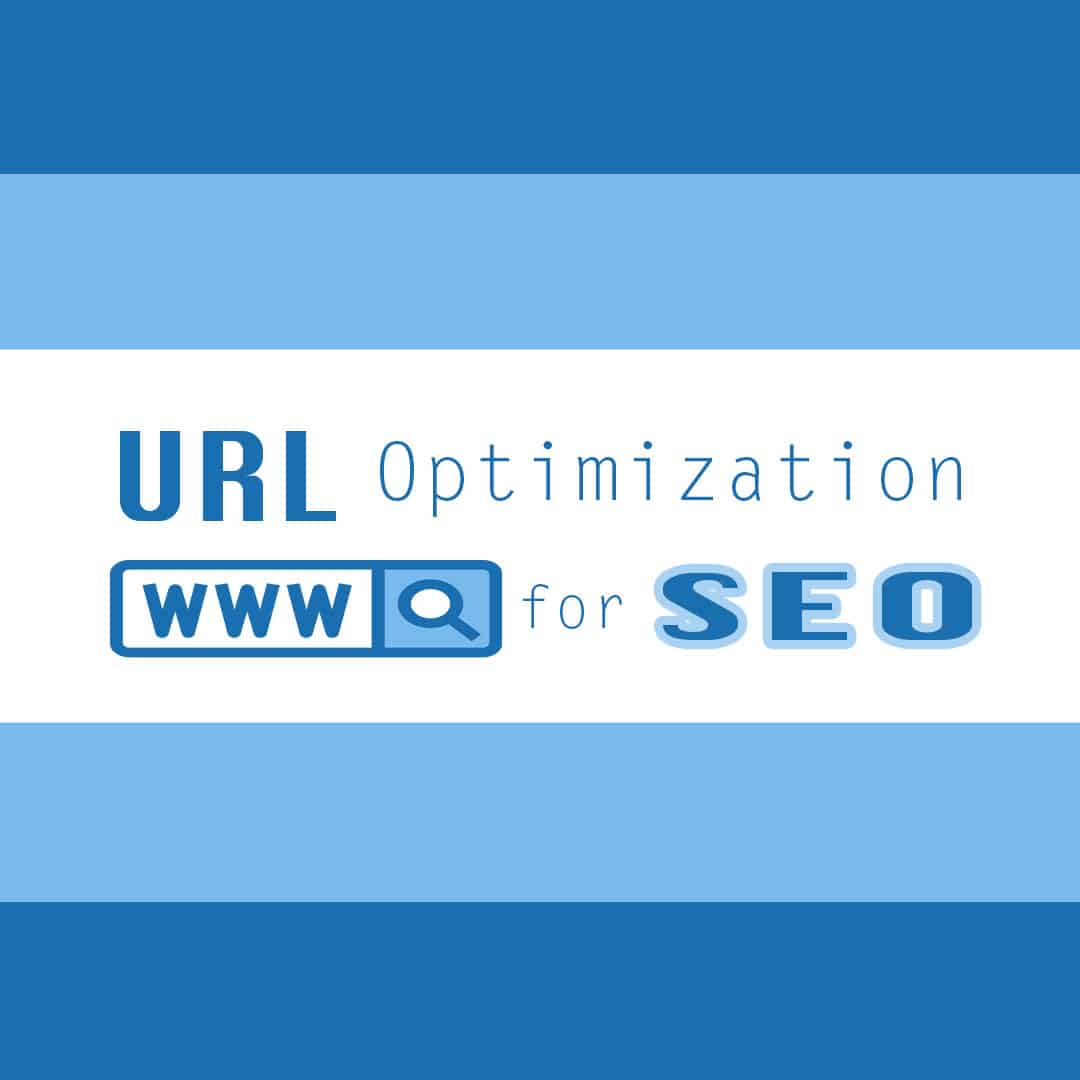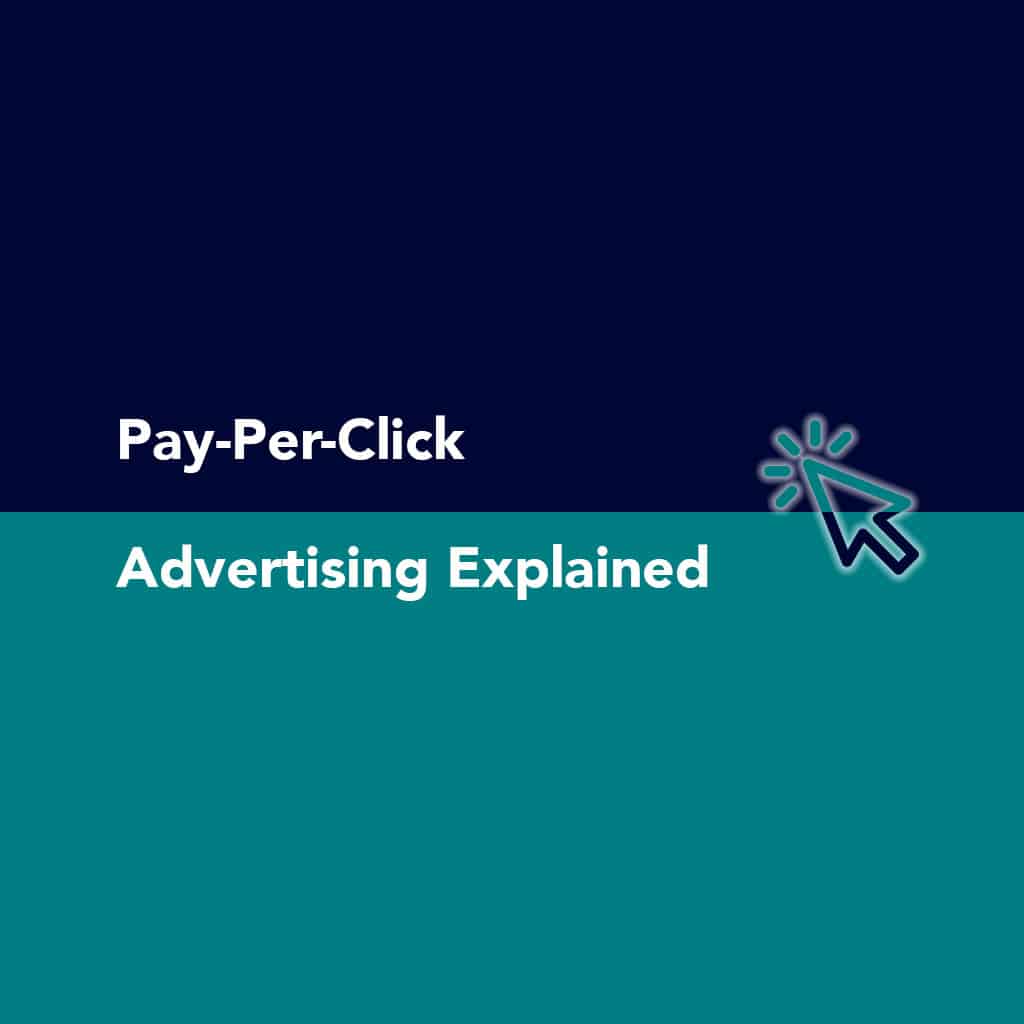
URL Optimization for SEO

In WordPress, after you create a new post and enter the title, a URL is automatically generated for you. You can enjoy the convenience and use the default URL. Or, you can take your digital marketing game to the next level and optimize your URL for best SEO. Here is what you can do.
First, you need to consider the length of the URL. According to the research by Backlinko, shorter URLs have better performance on search engine result pages. A length between 50-60 characters can help the page rank higher.
Second, it is important to create a URL with 3-5 words, which ideally are words that summarize the content of the page. For example: “www.recipe.com/vegan-eggplant-stew-recipe/”. It is crucial to target 1-2 keywords in your URL. The goal is that your URL is comprehensible by both humans and search engines.
Third, you need to pay attention to some details regarding the components of your URL:
- Instead of using underscores, use hyphens in the URL, as Google recommends it.
- Use lowercase letters and avoid characters such as < > # % { } | \ ^ ~ [ ] ” `
- Don’t use more than two slashes (Note: one slash indicates one folder) in the URL because it can cause problems when you need to edit the URL later. That being said, you need to plan ahead and build a logical and efficient structure for your website URLs from the beginning.
Sometimes, you need to adjust the format of the URL in WordPress because the default URL format usually contains dates. To delete the date the default URL, go to “WordPress Dashboard – Settings – Permalinks” and make adjustments accordingly.
For more information about optimizing URLs, read these articles :
- How to Create SEO Friendly URLs
- The Ultimate Guide for an SEO-Friendly URL Structure
- How To Create SEO-Friendly URLs
- 15 SEO Best Practices for Structuring URLs




